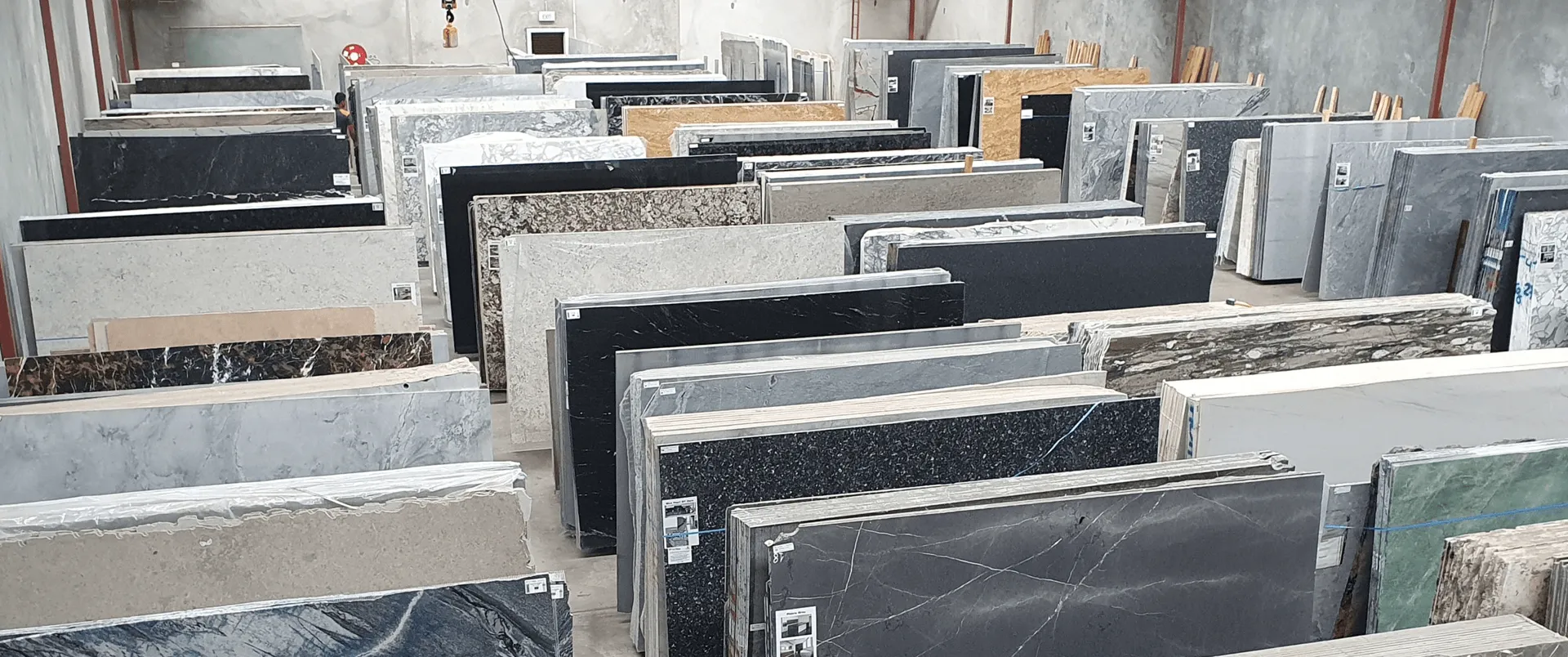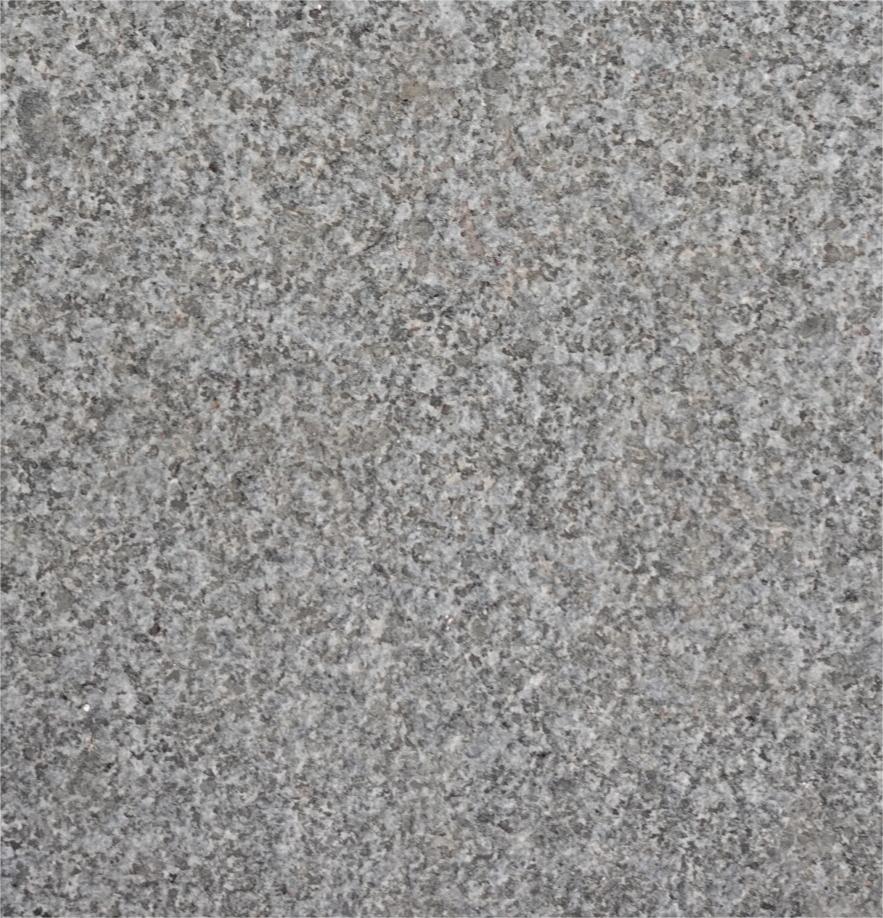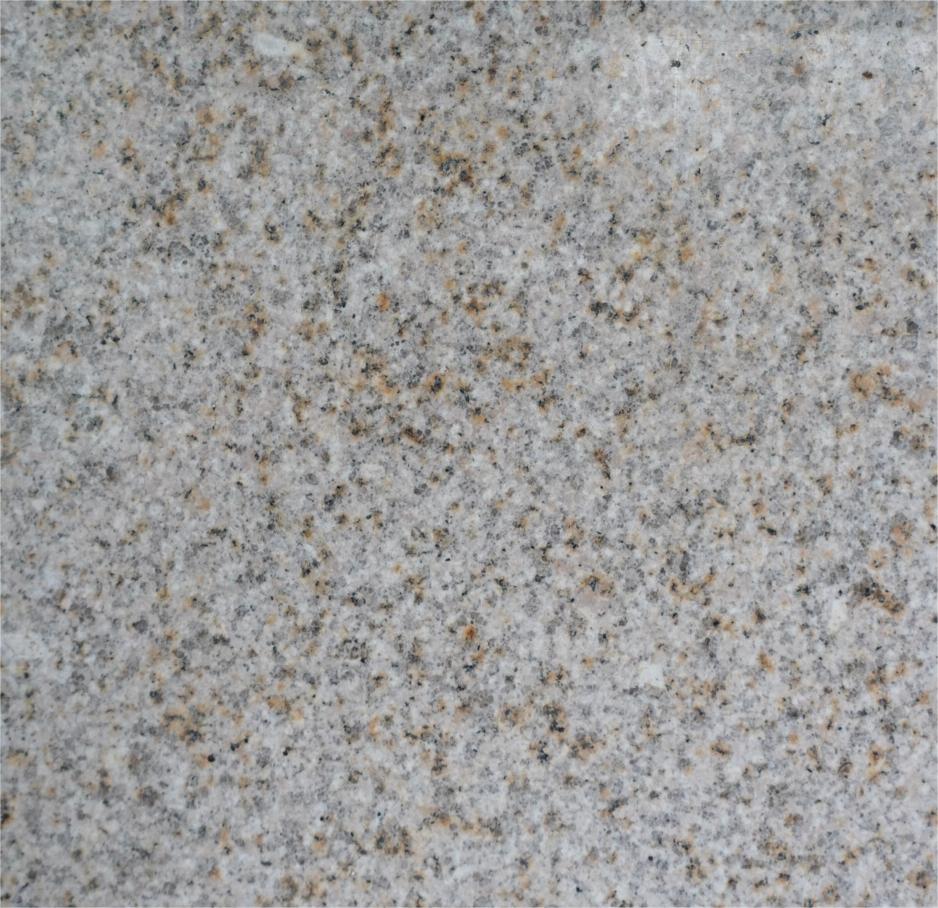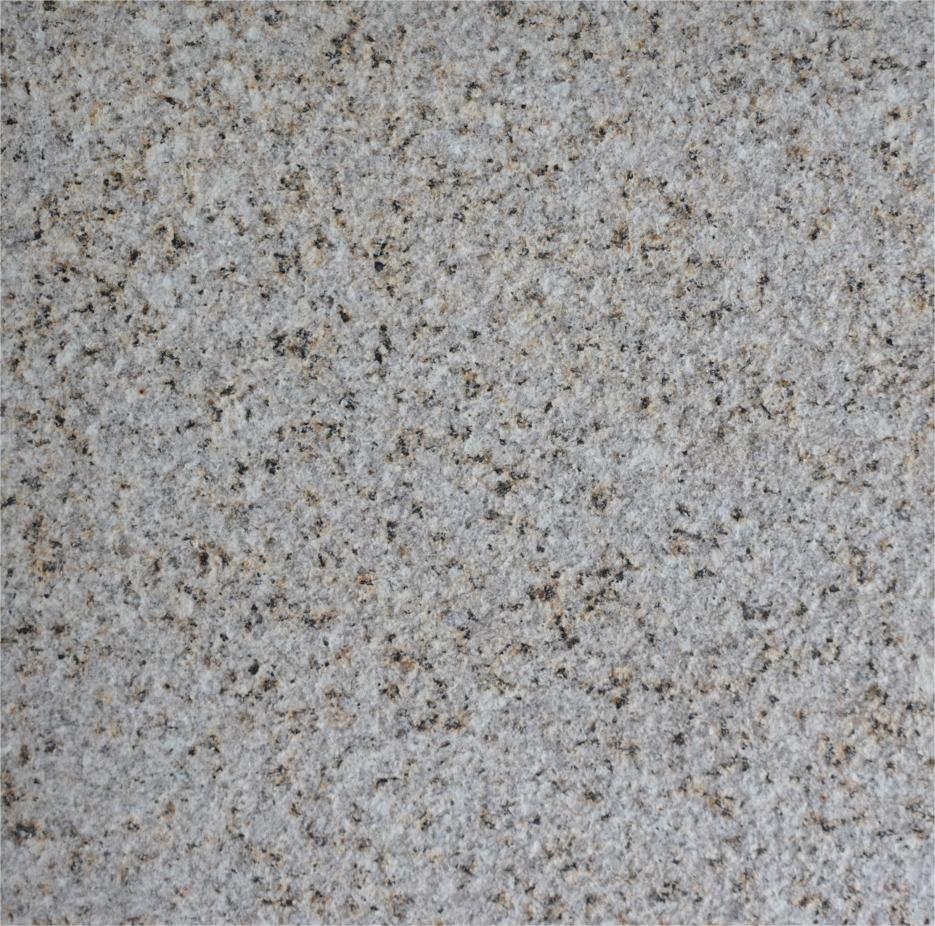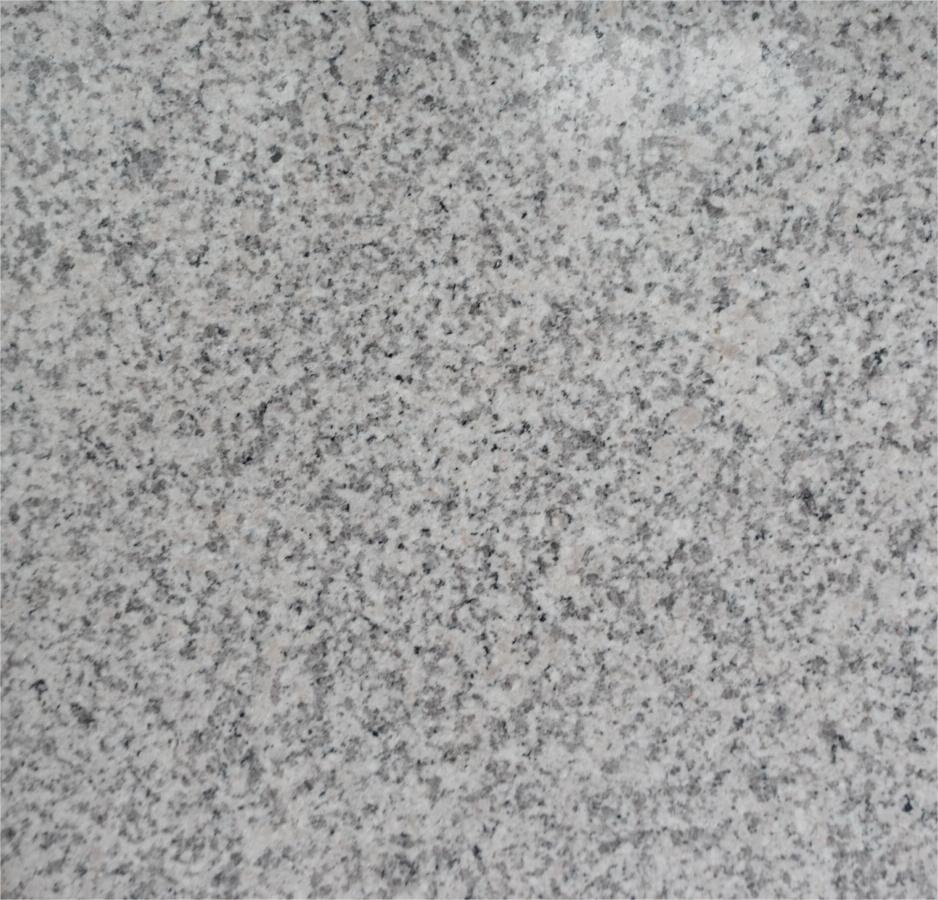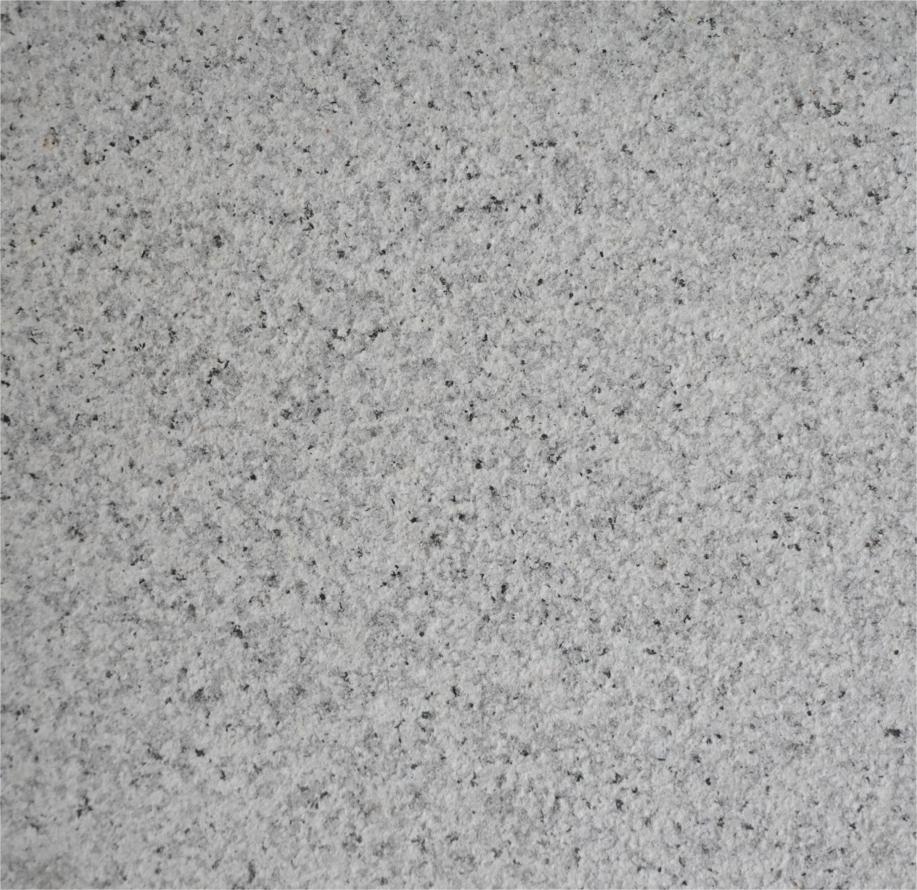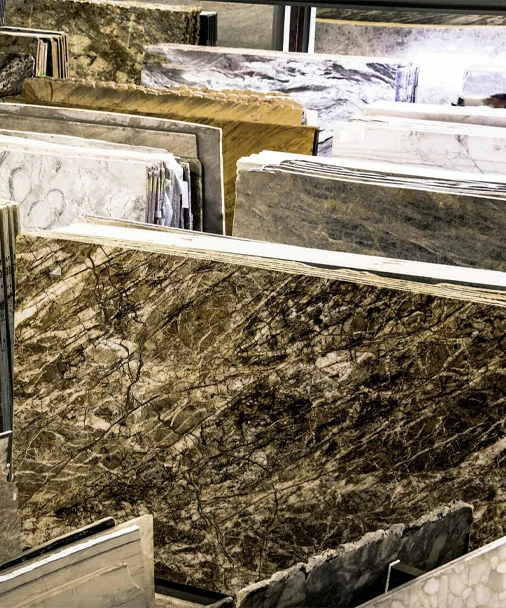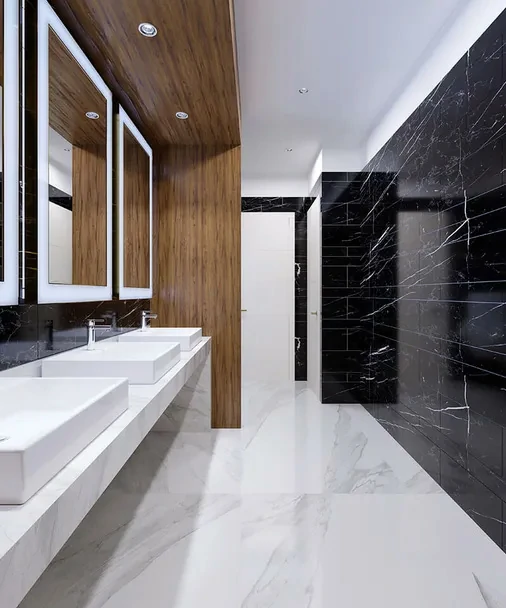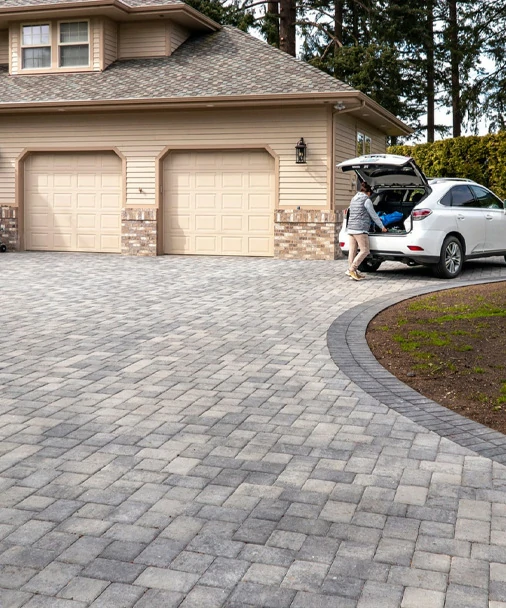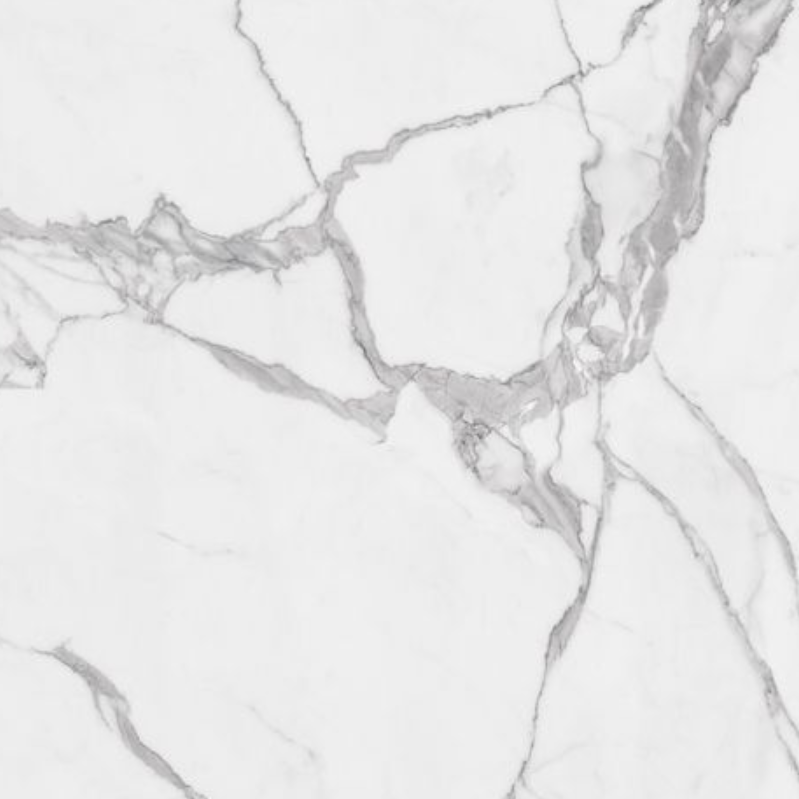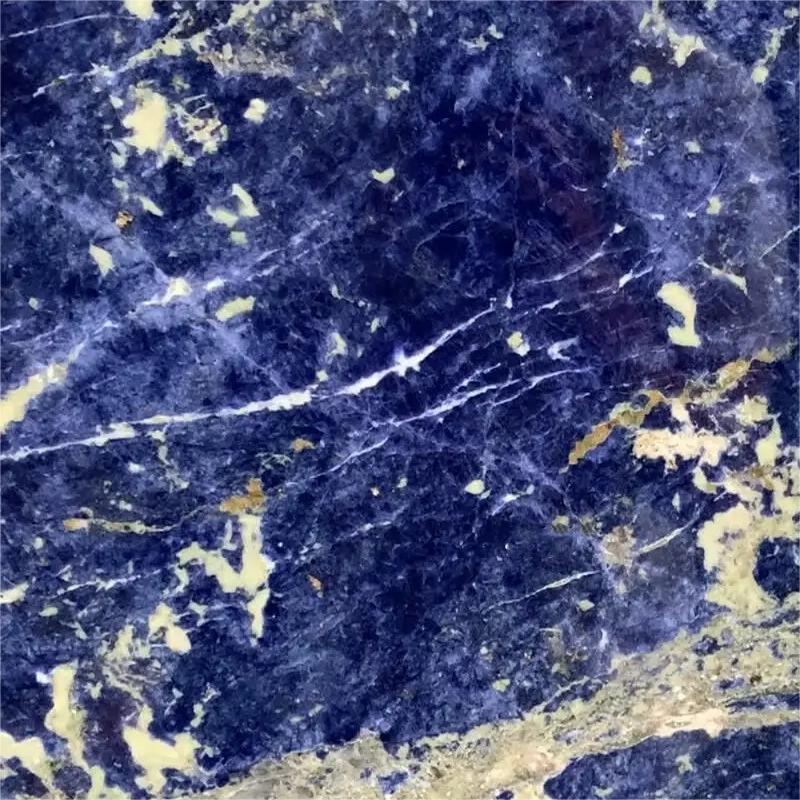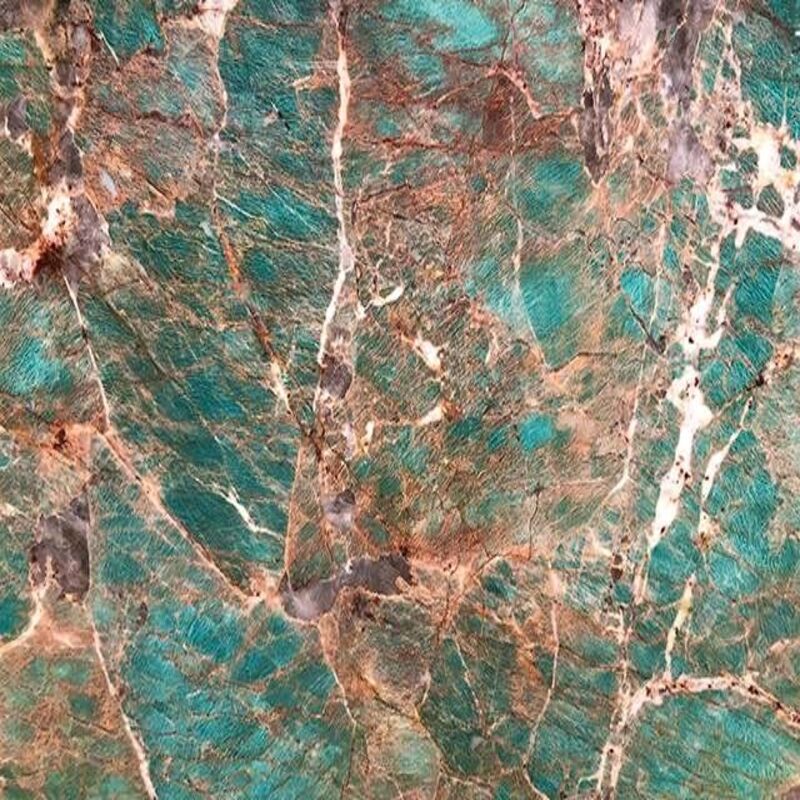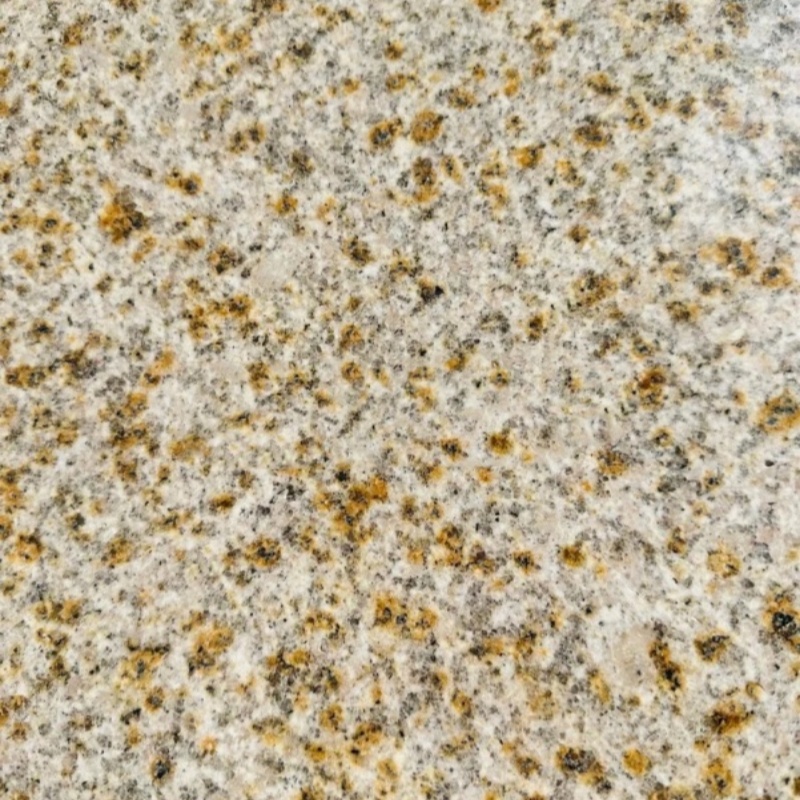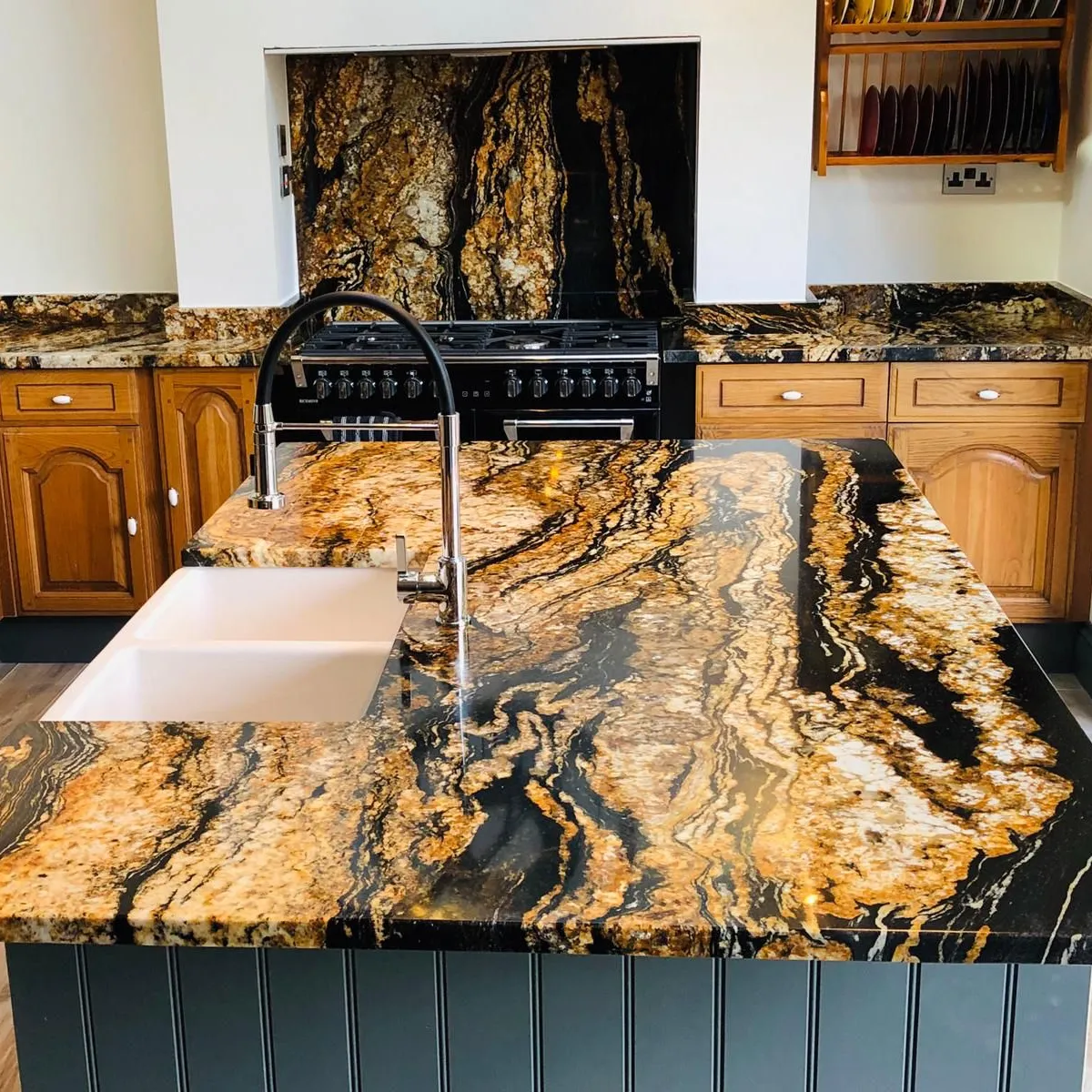
Create a better life

Quarry Owner in China

&Most Advanced Machinery
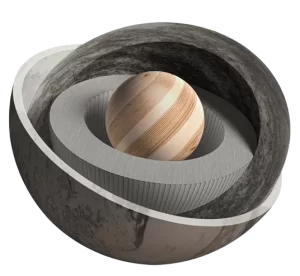
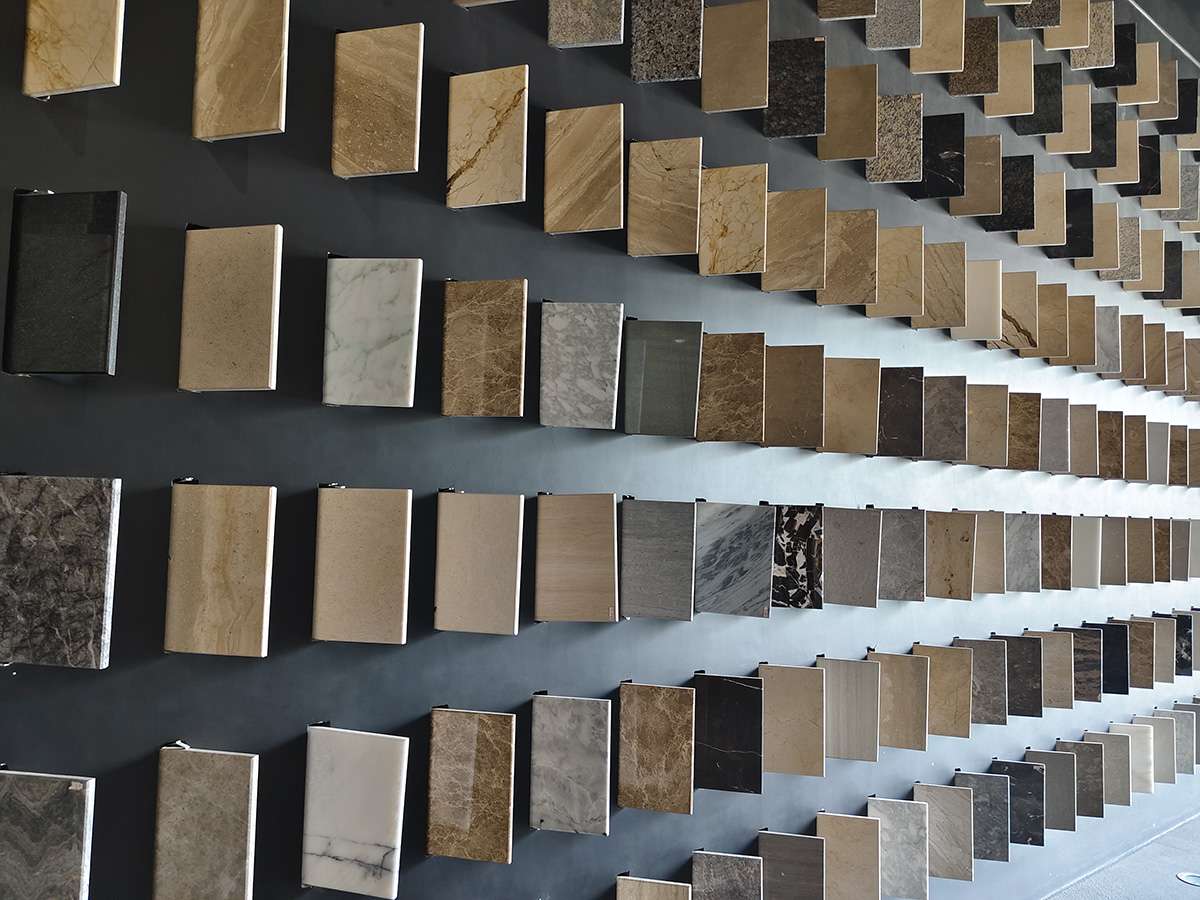
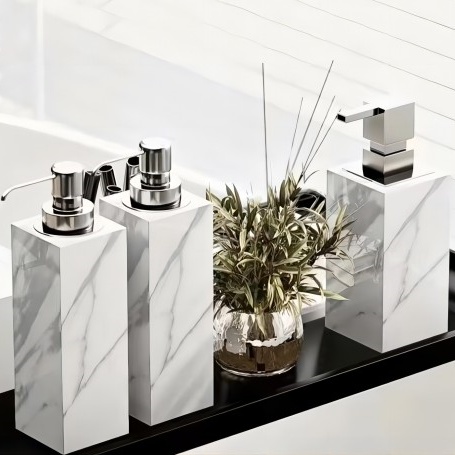
Funshine Stone provide variety selection of stone and the best price to serve customers around the world.
Largest Quarry Owner of Chinese Yellow Rusty Granite/Sesame White Granite/New G654 Sesame Grey Granite.
- Quarry owner of 3 most popular types Chinese Granite
- Large production base in each mine
- Sales staff 24 hours online service
- Excellent logistics service
What’s the Bestseller Products

What’s New in Funshine Stone
Expertise & Innovation Of Funshine to Inspire You
Funshine Stone constantly explore new varieties to give customers more choices and design inspiration, we create more possibilities for life.
saticefied clients
By emphasizing the satisfaction of its clients, Funshine can differentiate itself from competitors and position itself as a company that truly cares about its customers.
projects completed
Projects Completed is a great way for Funshine to showcase its portfolio of work and demonstrate its expertise and capabilities in the field of marble products.
Salespersons
Funshine has a team of highly skilled and knowledgeable who is experienced in stone, marketing, and can provide the most professional advice and opinions of stone products.
year of experience
Funshine Stone with rich experience in exporting stone products to all over the world. We are good at stone and we do stone right.
As an interior designer, I’ve worked with numerous material suppliers, but my experience with FunShineStone has been nothing short of exceptional. From the moment I contacted them for a custom order of honed marble tiles for a large commercial project, their team provided personalized attention to every detail. The tiles arrived on schedule and in impeccable condition – not a single tile was damaged in transit. The quality of the marble was consistent throughout, which made installation much more efficient. Their dedication to customer satisfaction is truly commendable, and I look forward to continuing our collaboration on future projects.
FunShineStone’s commitment to quality and customer service is unparalleled in the industry. We were particularly impressed with their capability to handle our complex customization request for a high-end residential development. The natural veining and character of the marble slabs we ordered exceeded our expectations, and the precision in cutting and polishing ensured a flawless installation. The fact that they offer such a wide variety of finishes and sizes means that no two projects need to look the same, allowing us to create unique and individualized spaces for our clients. Their post-purchase support was also very much appreciated; they walked us through the care and maintenance process, ensuring that the marble retains its beauty for years to come. Highly recommend FunShineStone for any business or homeowner seeking premium marble solutions.
I run a small boutique hotel and was in search of a supplier who could provide high-quality marble products for our renovation. FunShineStone stood out with their professionalism and vast array of options. Their sales team went above and beyond to help us choose the right type of marble flooring and wall cladding that matched the aesthetic of our brand. The products were delivered ahead of schedule and the packaging was so secure that not a single piece was damaged. The final result has been receiving countless compliments from guests, many of whom have noted the luxurious feel that the marble brings to our property. Working with FunShineStone has been a game-changer for us, and we plan to use them exclusively for all our future marble needs.
